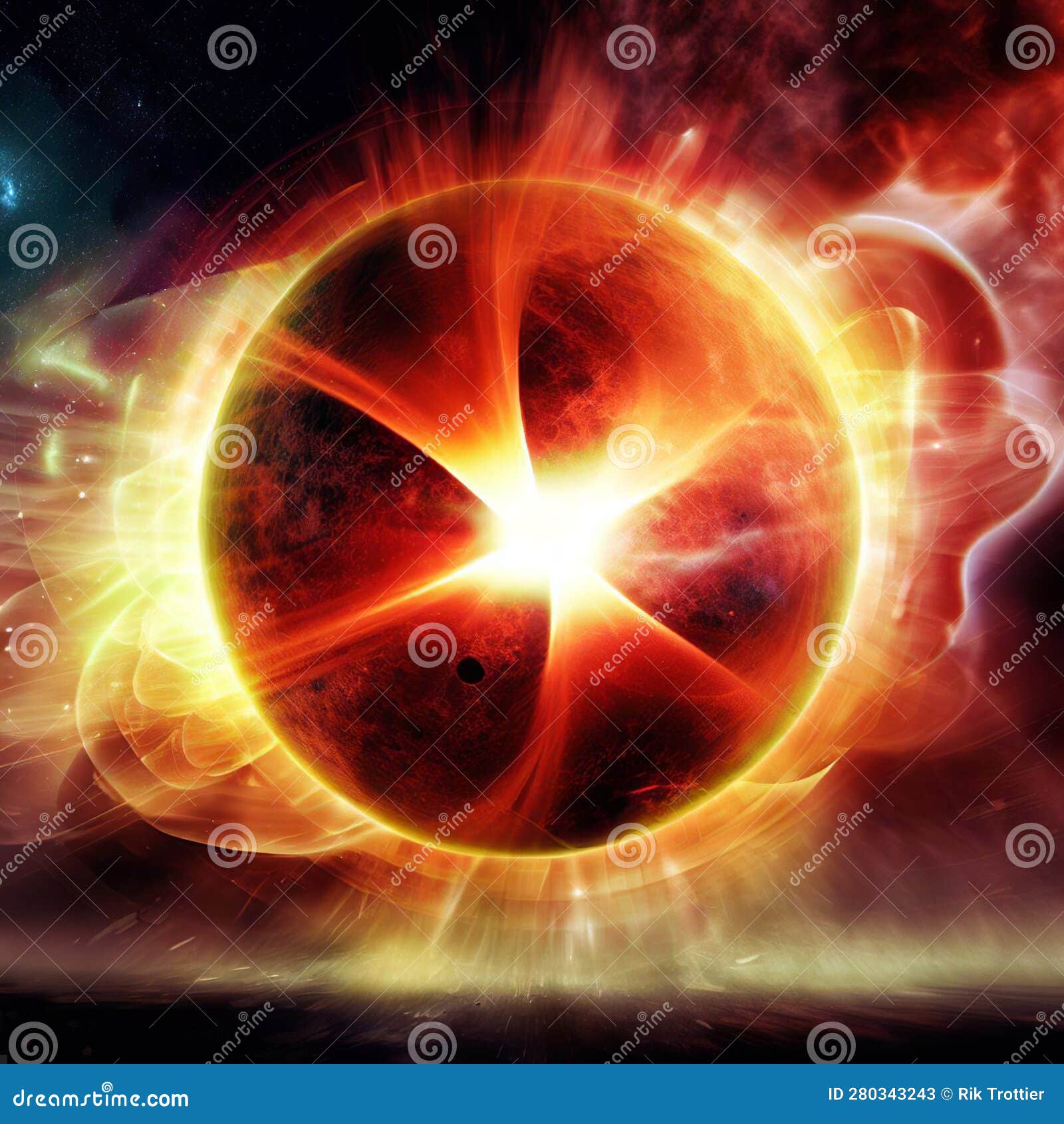The strong nuclear force, fundamentally essential in maintaining atomic integrity, is a marvel that eludes simplistic explanations. At the subatomic level, it is this force that binds protons and neutrons within the nucleus, counteracting the substantial repulsive interactions stemming from like-charged protons. The particle exchange mediating this formidable force primarily involves gluons, a pivotal concept that unveils the intricacies of quantum chromodynamics (QCD).
The modern understanding of the strong force emanates from the framework of QCD, which elucidates the interactions among quarks and gluons. Quarks are the fundamental constituents of protons and neutrons, and they possess a unique property known as “color charge.” This nomenclature, albeit metaphorical, describes the three types of color charges: red, green, and blue. Gluons, as the force carriers, facilitate the interaction between these charged quarks during the process known as “color confinement.” Notably, gluons themselves carry color charge, rendering the dynamics of their interactions exceedingly complex and fascinating.
At the core of understanding gluons is the realization that they are massless gauge bosons, specifically integral to the mediating of the strong force. Each gluon transmits the strong force by binding quarks together, thereby forming protons and neutrons—an essential step in generating the atomic nucleus. Unlike photons, which mediate the electromagnetic force, gluons do not merely initiate interactions; they embody the force itself through continuous exchanges. An illustrative analogy may be drawn here: just as the electromagnetic interaction can be explained through the exchange of photons, the strong nuclear force is expressed through the continual interplay between gluons.
When delving deeper into the behavior of gluons, one encounters the peculiar phenomenon of asymptotic freedom. This principle enunciates that quarks and gluons behave as free particles at extremely high energies or short distances, while at lower energies, their interactions intensify leading to confinement. This behavior starkly contrasts with electromagnetic interactions, where particles retract irrespective of distance. As a result, the strong force increases in strength as quarks attempt to separate, ultimately resulting in briefer distance interactions, further demonstrating the remarkable nature of gluons as mediators.
Understanding the strength of the strong nuclear force evokes a sense of wonder, revealing its role not only in atom formation but also in numerous cosmic phenomena. The nuclear reactions that fuel stars and the processes governing supernovae owe their mechanisms, in part, to the interactions among the particles dictated by this primordial force. Consequently, the study of gluons and their profound implications contributes to a more enlightened comprehension of astrophysical events and the fundamental composition of matter itself.
Furthermore, the strong nuclear force is not confined solely to the interactions within protons and neutrons; rather, it extends to encompass the behavior of larger composite particles known as hadrons. Hadrons, which include baryons and mesons, are formed by the combinations of quarks held together by gluons. The study of hadronic interactions and the phenomena such as confinement and resonance enrich our understanding of particle physics and the standard model.
On an experimental front, the Large Hadron Collider (LHC) has been instrumental in exploring the fundamental properties of gluons and their interactions. Through high-energy collisions, physicists have been able to investigate the conditions under which gluons become relevant at extreme energies. Observations of jets in particle collisions have provided significant evidence of gluons’ existence and confirm their role in maintaining the strong nuclear force.
In considering the implications of gluon exchange beyond isolated systems, it prompts a reflective dialogue about fundamental forces. Gluons exhibit traits unlike other force carriers due to their self-interaction capability, which introduces additional complexities into their framework. The entanglement of quantum states among gluons results in extraordinary behaviors observable only under high-energy conditions, challenging the very fabric of classical physics.
Moreover, the fascination with the strong nuclear force is further amplified when contemplating its implications in modern technologies. Nuclear power, arising from processes governed by strong interactions, serves as a potent energy source that can yield vast amounts of power from negligible fuel. In medicine, radiotherapy employs principles derived from nuclear interactions for the treatment of cancer, exemplifying the practical ramifications of this elemental force.
In conclusion, the particle exchange fundamental to the strong nuclear force epitomizes one of nature’s grand architectures. While gluons serve as the carriers that mediate interactions among quarks, thereby binding protons and neutrons, their behavior embodies a depth of complexity that sparks curiosity beyond confinement. As research continues to unveil the nuanced interactions among particles, our comprehension of the universe’s foundational elements deepens—demonstrating that the journey towards understanding the strong nuclear force is as significant as reaching the destination itself.












